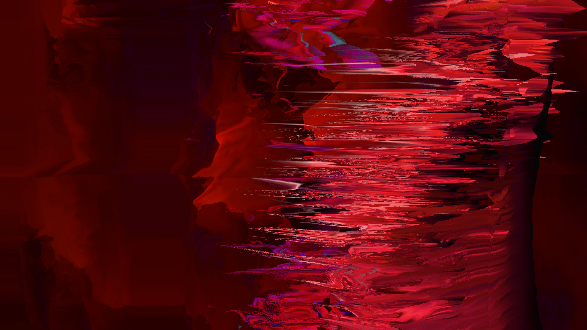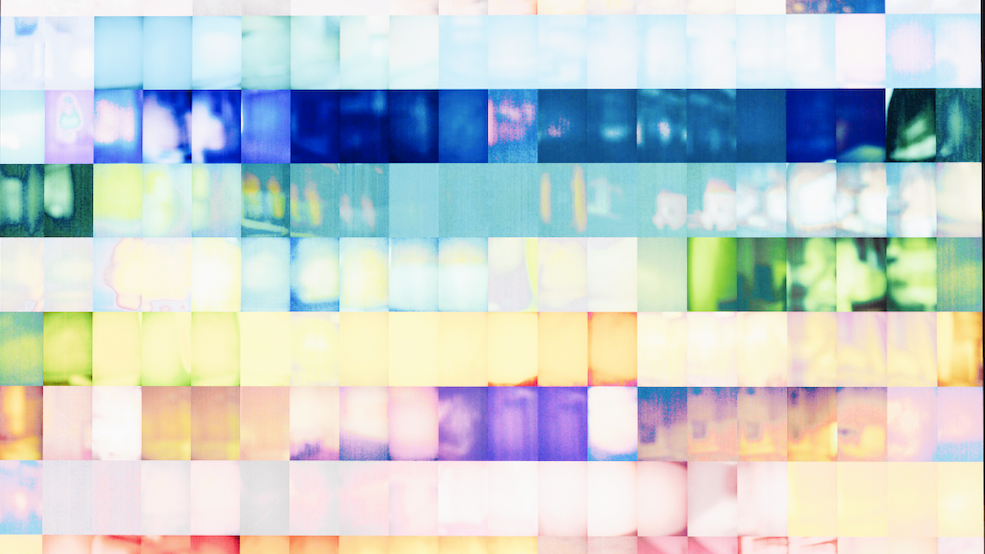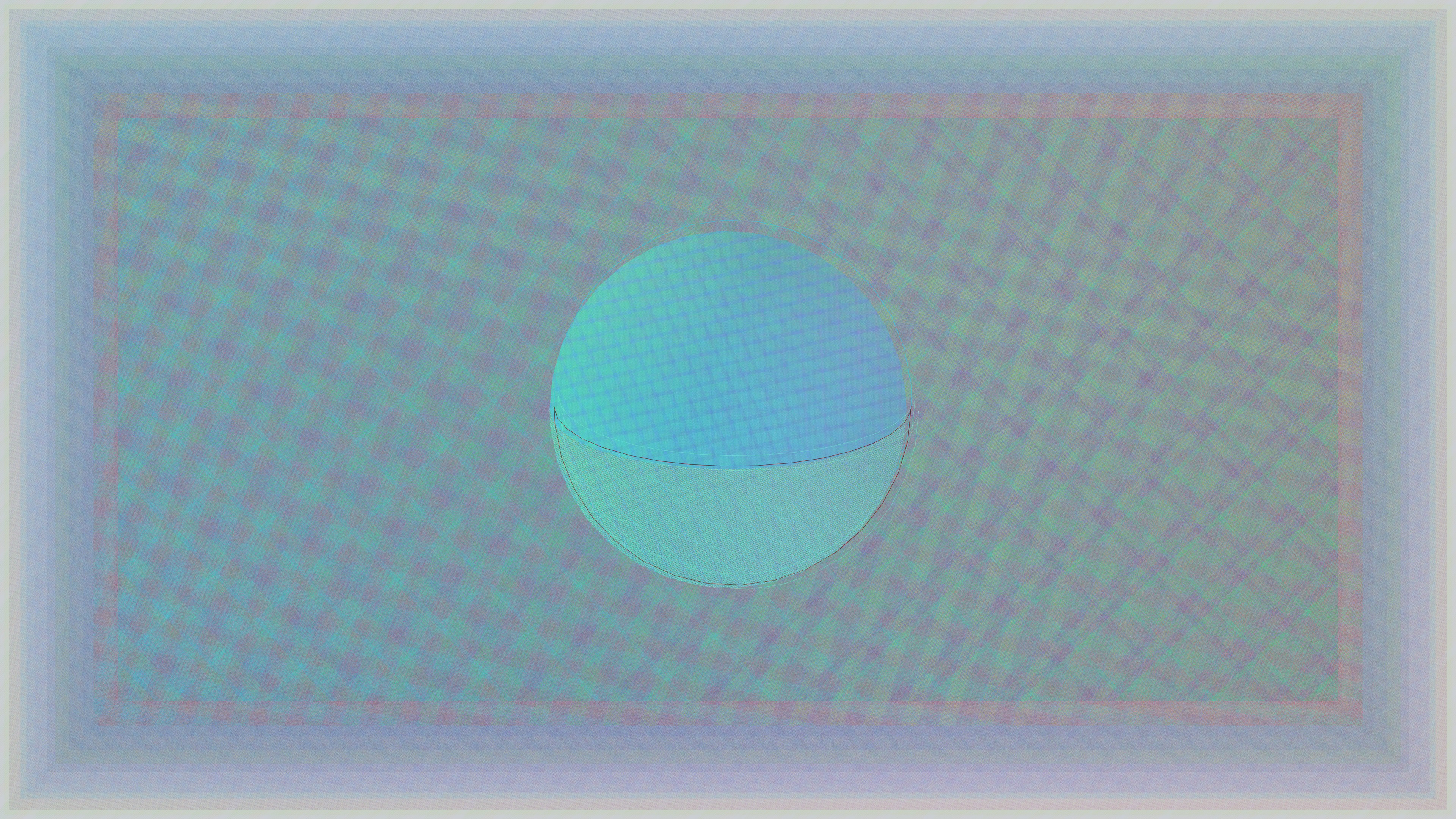At the heart of this artwork is a radical proposition: every collector becomes a gardener in Herzog's digital series through assembling gardens that keep evolving in complexity, existing in perpetual flux. Collectors become active participants in the cultivation of living digital flora - works conceived collectively through a blockchain network. They acquire generative flowers that may be assembled, merged, and shared through blockchain protocol. This composability allows for numerous arrangements as individual elements recognise and interact with one another through smart contracts.
Infinite Garden renders in real-time, with a call-and-response with the audience to involve a myth-making digital space: visual parameters continually adjusting to environmental and chronological inputs as compositions evolve through minutes, hours, and seasons. The show invites the audience to root for blockchain not merely as a transactional framework but as an expressive medium with distinct properties for generative art.
ABOUT LEANDER HERZOG
Leander Herzog (1984) is a visual artist based in Switzerland, creating images with code since 2006. His focus is generative art and abstract animation on the web, exploring the contrast between the simplicity of algorithmic systems and the complexity of their emergent properties.
Herzog's work explores themes of personal and collective memory, as well as the ways in which we perceive and respond to societal and political constraints. In the last decade, his work evolved from static images to realtime web-based moving works, including generative audio, interactive installations, data driven sculpture and digital fabrication.
Herzog’s work has been exhibited in public institutions and galleries, including Transmediale with DAM Projects (Berlin), Kunsthaus Pasquart (Biel), Kunsthalle Zürich, Modal Gallery (Manchester). Previous artworks have been acquired by museums and institutions such as ZKM Karlsruhe, HEK (Basel) and Francisco Carolinum Linz.
Herzog's work explores themes of personal and collective memory, as well as the ways in which we perceive and respond to societal and political constraints. In the last decade, his work evolved from static images to realtime web-based moving works, including generative audio, interactive installations, data driven sculpture and digital fabrication.
Herzog’s work has been exhibited in public institutions and galleries, including Transmediale with DAM Projects (Berlin), Kunsthaus Pasquart (Biel), Kunsthalle Zürich, Modal Gallery (Manchester). Previous artworks have been acquired by museums and institutions such as ZKM Karlsruhe, HEK (Basel) and Francisco Carolinum Linz.




